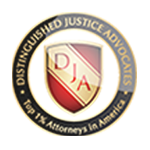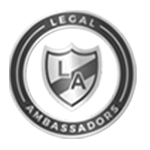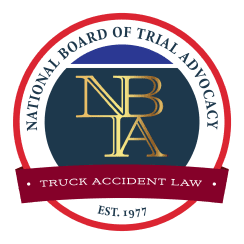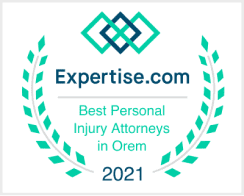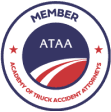Hazardous Material Truck Accident Claims in Utah
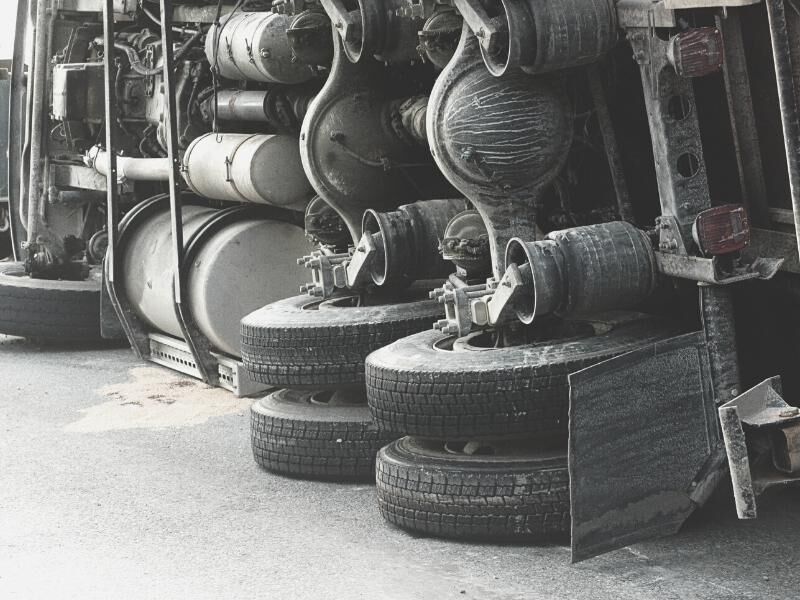 Did you sustain injuries in a semi-truck accident involving hazardous materials? You could be entitled to substantial compensation if someone else is at fault. An experienced truck accident lawyer from Swenson & Shelley can review your case and discuss your legal options in a free consultation. Call or contact us today.
Did you sustain injuries in a semi-truck accident involving hazardous materials? You could be entitled to substantial compensation if someone else is at fault. An experienced truck accident lawyer from Swenson & Shelley can review your case and discuss your legal options in a free consultation. Call or contact us today.
Every truck accident carries the risk of serious harm to others. But the danger increases dramatically when a truck is transporting hazardous materials. Beyond the bodily injuries commonly associated with tanker truck crashes — such as broken bones, brain injuries, and internal trauma — hazmat truck accidents can leave victims with chemical-related injuries that last a lifetime.
If you’re struggling in the aftermath of a truck accident, getting help from the right legal team can make all the difference. You need Swenson & Shelley. Attorney Kevin Swenson is board-certified in truck accident law by the National Board of Trial Advocacy, positioning our law firm to provide top-quality legal representation that delivers top-dollar results for our clients. Let us help you, too. Get your free case review now.
Visit a Truck Accident Lawyer in Utah
What is a Hazardous Material Truck?
A hazardous material truck, or hazmat truck, is designed to transport hazardous materials, such as flammable gasses or radioactive waste. A hazardous material is any substance that can harm humans or the environment. Because of the potentially dangerous nature of moving hazardous materials, truck drivers must obtain specialized training and endorsements before operating hazmat trucks on U.S roads.
What Kinds of Hazardous Materials Do Trucks Carry?
The Federal Motor Carrier Safety Administration (FMCSA) recognizes nine classes of hazardous materials. They are:
- Class 1 (Explosives) – Materials that can detonate, including explosives with projection hazards and blasting agents
- Class 2 (Gasses) – Hazardous gasses that may be flammable, non-flammable, highly compressed, or toxic inhalants
- Class 3 (Flammable Liquids) – Liquid substances that can catch fire, such as gasoline, diesel fuel, motor oil, kerosene, and ethanol
- Class 4 (Flammable Solids) – Solids that are spontaneously combustible materials, such as sulfur, activated charcoal, and magnesium
- Class 5 (Oxidizers and Organic Peroxides) – Chemical compounds that can cause or encourage other materials to combust or explode
- Class 6 (Toxic Materials and Infectious Substances) – Infectious biological materials and poisonous substances that are not gaseous
- Class 7 (Radioactive Materials) – Materials in any state of matter that are radioactive, including radioactive waste
- Class 8 (Corrosive Materials) – Acidic and basic substances that can burn flesh or corrode other materials
- Class 9 (Miscellaneous Hazmat) – Any dangerous or hazardous substances that do not meet specific criteria for other classes, such as lithium-ion batteries and dry ice
Hazmat Driver Regulations
There are many strict regulations outlined in the Code of Federal Regulations (CFR) that apply to carriers and drivers responsible for operating hazardous material trucks, including:
- CFR § 397.5 (Attendance and surveillance) – Hazmat trucks must be attended by drivers or motor carrier representatives at all times, unless the trucks are located on the motor carrier’s or shipper’s property, in a safe haven, or on a construction or survey site. Drivers must attend to hazmat trucks on public roads or shoulders at all times unless drivers are engaged in necessary job-related duties.
- CFR § 397.7 (Parking) – Hazmat trucks may not be parked within five feet of a public road, on private property without the owner’s consent, or within 300 feet of a bridge, tunnel, dwelling, workplace, or public place. Exceptions apply only for brief periods when it is impractical to park in other locations.
- CFR § 397.11 (Fires) – No hazmat truck may be operated near an open fire unless the driver takes precautions to ensure they can pass safely without stopping. Drivers also cannot park hazmat trucks within 300 feet of open fires.
- CFR § 397.13 (Smoking) – Smoking is prohibited within 25 feet of most hazmat trucks, including empty tanks used to transport certain hazardous or flammable materials.
- CFR § 397.15 (Fueling) – When a driver or another party is fueling a hazmat truck, the engine must be off, and a person must remain in control of the fueling process the entire time.
- CFR § 397.17 (Tires) – Hazmat truck drivers must examine their trucks’ tires at the start of each trip and when the vehicle is parked. A flat or overheated must be removed, repaired, or replaced before resuming operations.
- CFR § 397.19 (Instructions and documents) – Motor carriers that transport certain materials (especially explosives) must provide drivers with instructions and representatives to contact in the event of an emergency.
- CFR § 397.67 (Routing non-radioactive materials) – Trucks transporting non-radioactive hazardous material (NRHM) must follow certain regulations when planning truck routes. Specifically, NRHM trucks should be routed in ways that do not take them near or through heavily populated areas, crowded areas, tunnels, narrow streets, or alleys unless there is no reasonable alternative.
- CFR § 397.101 (Routing radioactive materials) – Motor carriers that transport radioactive materials must ensure that their trucks are operated to minimize radiological risk given transit times, weather forecasts, population densities along routes, and other important driving conditions.
Accidents Caused by Trucks Carrying Hazardous Materials
Hazmat truck accidents are relatively rare, accounting for about two percent of fatal crashes and two percent of injury collisions in a recent year. Toxic materials were released from the trucks in 17 percent of those crashes. Most of the time, the leaked materials were flammable liquids like gasoline and fuel oil.
Even though these accidents are rare, the potential for damage is high. Toxic exposure, severe burns, inhalation injuries, and radiation poisoning can have lasting consequences for accident victims. No matter what type of injury you sustained, a knowledgeable truck accident attorney from Swenson & Shelley can place a value on your case that accounts for the full amount of your financial and non-financial losses. Compensation can include money for medical bills, lost wages, lost quality of life, pain and suffering, and more.
Are Hazmat Truck Drivers Responsible for Damages?
Victims may be entitled to compensation from multiple liable parties after a hazardous material truck accident in Utah. Contrary to what many people think, truck drivers are not the only ones who could be held liable after a wreck. Other parties may share responsibility, including:
- The trucking company
- The truck’s owner
- A shipping company
- A hazmat cargo loading team
- A truck repair shop or mechanic
- Other drivers
Obtaining maximum compensation in a hazmat truck accident claim depends on identifying every liable party and collecting strong evidence to support your case. The amount of compensation available will also depend on the responsible party’s insurance policy limits. A skilled lawyer can conduct a thorough investigation to determine liability, gather evidence, and build a strong argument for maximum compensation for you.
Contact an Experienced Utah Truck Accident Attorney Today
 At Swenson & Shelley, we know that hazardous materials truck accident claims are not just like any other personal injury case. The injuries can be complex and catastrophic. When you need help, you can count on our Utah truck accident lawyers to work tirelessly on your case and fight for the compensation you need and deserve. Contact us today for a free case review.
At Swenson & Shelley, we know that hazardous materials truck accident claims are not just like any other personal injury case. The injuries can be complex and catastrophic. When you need help, you can count on our Utah truck accident lawyers to work tirelessly on your case and fight for the compensation you need and deserve. Contact us today for a free case review.
Did you get injured in a truck wreck and have questions about hazardous material truck accident claims? Watch this video, then call us.







